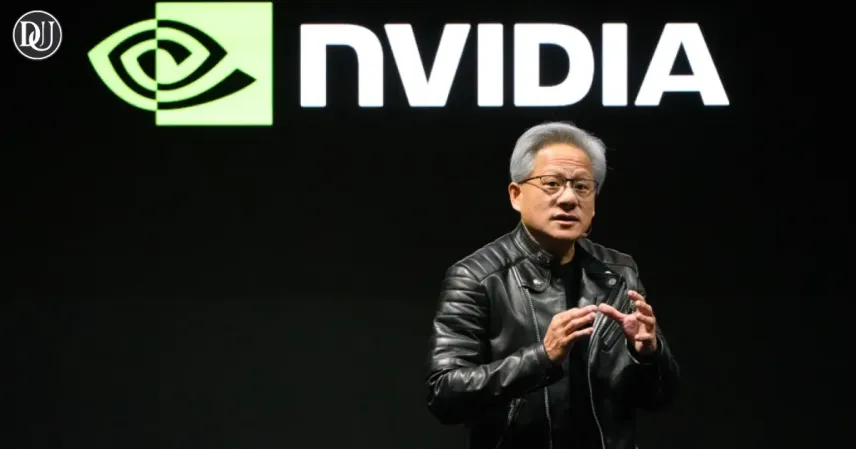In a historic moment for the global tech and financial world, Nvidia has officially become the first U.S. company to surpass a $4 trillion market capitalization. The chipmaker’s remarkable rise has not only stunned Wall Street but also signaled a new era in the dominance of artificial intelligence and advanced computing hardware. This milestone reflects a broader shift in investor interest, moving beyond traditional tech giants and into companies that are powering the AI revolution.
On July 9, Nvidia shares continued their bullish run, driving the company’s market value past the $4 trillion mark. The surge comes just weeks after it reached the $3 trillion milestone, showcasing one of the fastest trillion-dollar jumps in corporate history.
AI and data center demand fueling growth
Nvidia’s explosive growth is largely attributed to the rising global demand for AI infrastructure, particularly graphics processing units (GPUs) that power large-scale machine learning models. The company's H100 and H200 series chips have become essential components in data centers and AI training facilities worldwide. With tech giants such as Microsoft, Amazon, and Google depending heavily on Nvidia's chips to support their cloud-based AI models, the demand has shown no signs of slowing down.
This exceptional demand has allowed Nvidia to report record-breaking revenue and earnings quarter after quarter. Its dominance in the AI space, paired with strong partnerships and supply chain resilience, has solidified its position as the undisputed leader in the sector.
Market reaction and investor sentiment
Despite global uncertainties and new U.S.-China tariff tensions, the U.S. stock market displayed remarkable resilience. Major indices remained largely unaffected, and investor enthusiasm surrounding Nvidia’s prospects helped maintain bullish momentum.
Many market analysts suggest that Nvidia’s ability to overcome geopolitical and economic challenges demonstrates the robust demand for AI-related technologies. Its stock performance is now viewed as a key barometer for the broader tech sector.
Shares of the company have surged over 200% in the past year alone, outperforming other tech behemoths like Apple, Microsoft, and Alphabet. As of this week, Nvidia is now valued more than both Apple and Microsoft, marking a significant reshaping of the corporate hierarchy in America.
Regulatory headwinds and global impact
Despite the celebratory tone, some industry watchers caution against unchecked optimism. Regulatory scrutiny is expected to intensify as governments around the world examine the concentration of power within a few major tech firms. Additionally, concerns over export restrictions, especially involving high-performance chips to China, could create future headwinds.
Nevertheless, Nvidia continues to work closely with regulators and remains agile in adapting to shifting global policies. Its international growth, especially in Europe and Southeast Asia, has further diversified its revenue streams.
The rise of AI and Nvidia’s central role
What makes Nvidia's ascent even more compelling is its role in shaping the future of AI. From generative models to autonomous vehicles and robotics, Nvidia’s hardware and software platforms serve as the foundational layers of AI innovation.
With continued investments in R&D and the launch of new enterprise-focused AI solutions, the company is preparing for long-term leadership in this space. Nvidia’s GPU architecture, CUDA platform, and AI software tools remain unmatched in performance and adoption.
As industries such as healthcare, automotive, and finance increasingly integrate AI into their operations, Nvidia stands at the heart of this digital transformation.
Looking ahead
With $4 trillion under its belt, the question now is—what’s next for Nvidia? Analysts believe the next phase could involve expanding into AI software services, cloud computing, and even custom chip design for enterprises. There’s also speculation about future acquisitions that could further strengthen its ecosystem.
While stock prices may see volatility in the short term, Nvidia's long-term trajectory appears poised for even greater growth, provided it can navigate global trade dynamics and maintain its technological edge.
Conclusion
Nvidia’s milestone isn’t just about valuation. It marks a turning point in how value is created in today’s digital economy. The company's dominance in AI infrastructure highlights a broader transformation in global markets, where computing power and data intelligence have become the most valuable currencies.










